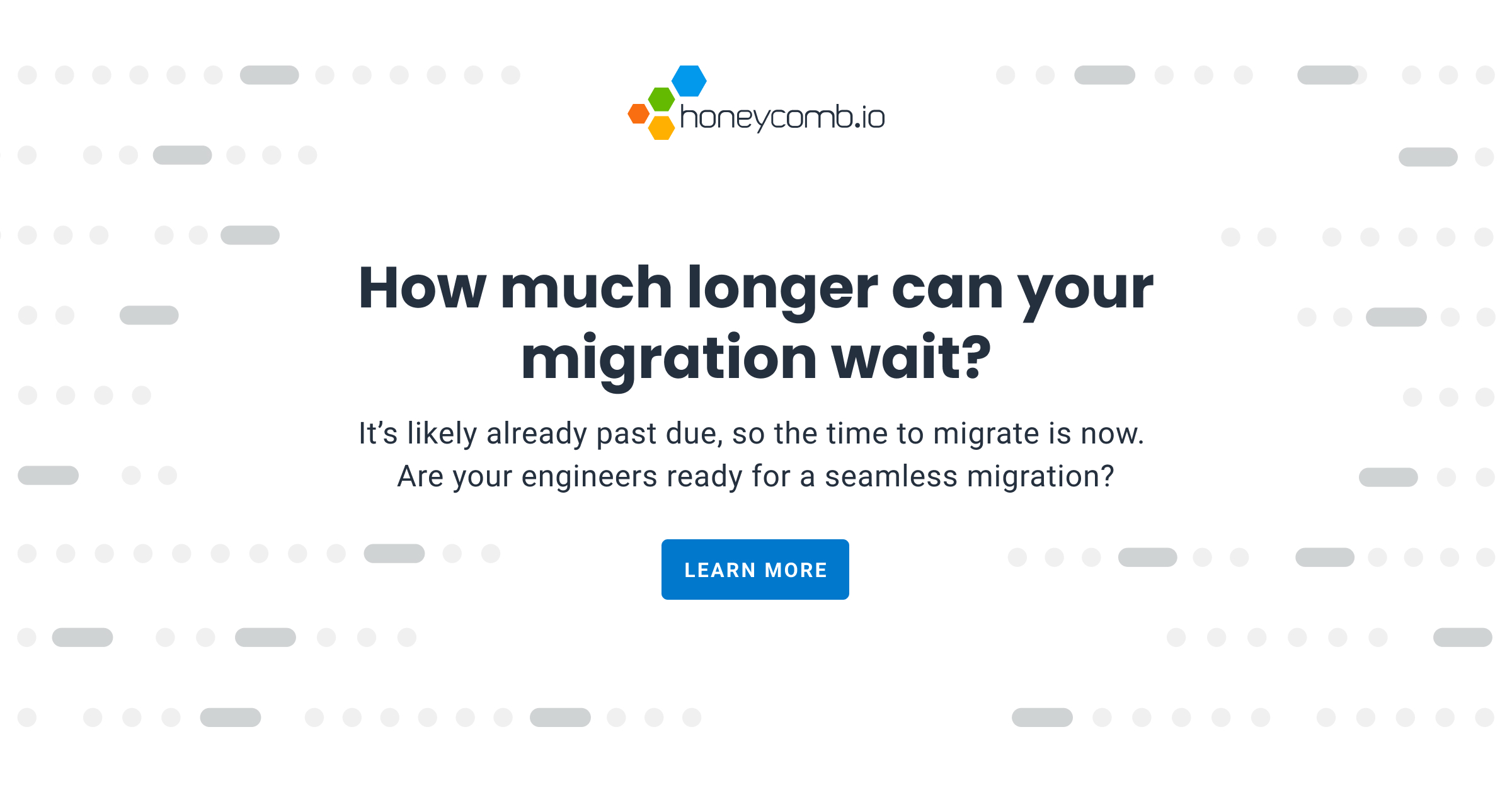CRM Data Migration Strategies for Seamless Transition
CRM data migration strategies for seamless transition – Migrating CRM data is a critical process for businesses seeking to improve their operations and streamline workflows. A well-planned and executed migration can lead to significant improvements in data management, customer experience, and overall efficiency. However, a poorly executed migration can lead to significant data loss, operational disruption, and even financial losses. This guide Artikels crucial steps for a successful CRM data migration.
Planning and Assessment, CRM data migration strategies for seamless transition
A thorough assessment of current CRM data is paramount for a smooth transition. This involves meticulously evaluating the existing data to identify its quality, volume, and complexity. It also involves determining the source and destination systems to understand the migration’s scope and potential challenges.
- Assessing Current CRM Data: This entails evaluating data quality, identifying inconsistencies, and checking for completeness. Data quality issues, such as missing values, incorrect formats, and duplicates, must be addressed before migration. Data validation rules should be defined to ensure data integrity.
- Identifying Source and Destination Systems: A detailed inventory of the source and destination CRM systems is essential. This includes identifying data fields, structures, and potential data transformation needs. Understanding the technical specifications of both systems is vital.
- Data Validation and Cleansing: Rigorous validation and cleansing procedures are critical. This involves identifying and correcting errors, inconsistencies, and missing data. Data cleansing helps ensure accurate and reliable data in the new system.
- Critical Success Factors: A checklist of success factors, such as clear communication, stakeholder involvement, and a well-defined timeline, should be created and adhered to throughout the process.
- Evaluating Data Volume and Complexity: Understanding the volume and complexity of data to be migrated is crucial for resource planning. This involves assessing the size of the dataset and identifying potential performance bottlenecks. Consider using sampling techniques to estimate the total volume of data.
- Data Types and Migration Strategies: A table outlining the various data types (e.g., customer information, transaction history, product details) and their corresponding migration strategies is crucial. This table should include the target fields, format, and any specific transformation needs.
| Data Type | Migration Strategy | Notes |
|---|---|---|
| Customer Information | Direct Migration | Potential for data cleansing and validation |
| Transaction History | Phased Migration | Critical for minimizing disruption to operations |
| Product Details | Data Transformation | Ensure data accuracy and consistency |
Data Migration Strategies

Source: honeycomb.io
Choosing the right migration strategy is crucial for minimizing disruptions and maximizing efficiency. Different strategies cater to varying business needs and contexts.
- Comparing Migration Strategies: Direct migration, phased migration, and data transformation each have advantages and disadvantages. Consider factors such as data volume, system compatibility, and project timelines.
- Pros and Cons of Each Approach: Direct migration is fast but can cause significant disruption. Phased migration is more gradual but might take longer. Data transformation is suitable for complex scenarios but requires careful planning.
- Selecting the Optimal Strategy: Consider factors such as data volume, system compatibility, and project timelines when selecting the optimal strategy.
- Implementation Considerations: Thorough planning, resource allocation, and communication are essential for successful implementation of each strategy.
- Detailed Migration Plan: Artikel tasks, timelines, and resource allocation in a comprehensive migration plan. Clearly define responsibilities and communication channels.
| Migration Approach | Strengths | Weaknesses |
|---|---|---|
| Direct Migration | Faster implementation | Higher risk of disruption |
| Phased Migration | Reduced disruption | Longer implementation time |
| Data Transformation | Handles complex data | Requires more technical expertise |
Detailed FAQs
What are the most common pitfalls during CRM data migration?
Common pitfalls include inadequate planning, neglecting data cleansing, choosing the wrong migration strategy, insufficient testing, and overlooking security considerations.
How can I estimate the time required for a CRM data migration project?
Estimating time depends on data volume, complexity, chosen migration strategy, team expertise, and potential roadblocks. A detailed project plan is crucial for accurate estimations.
What tools can be used for data transformation during a migration?
Various tools exist for data transformation, including ETL (Extract, Transform, Load) tools, scripting languages (like Python or SQL), and specialized data migration software.
What is the role of user training in a CRM data migration project?
User training is vital for a smooth post-migration transition. It helps users adapt to the new system, ensuring they understand new workflows and functionalities.